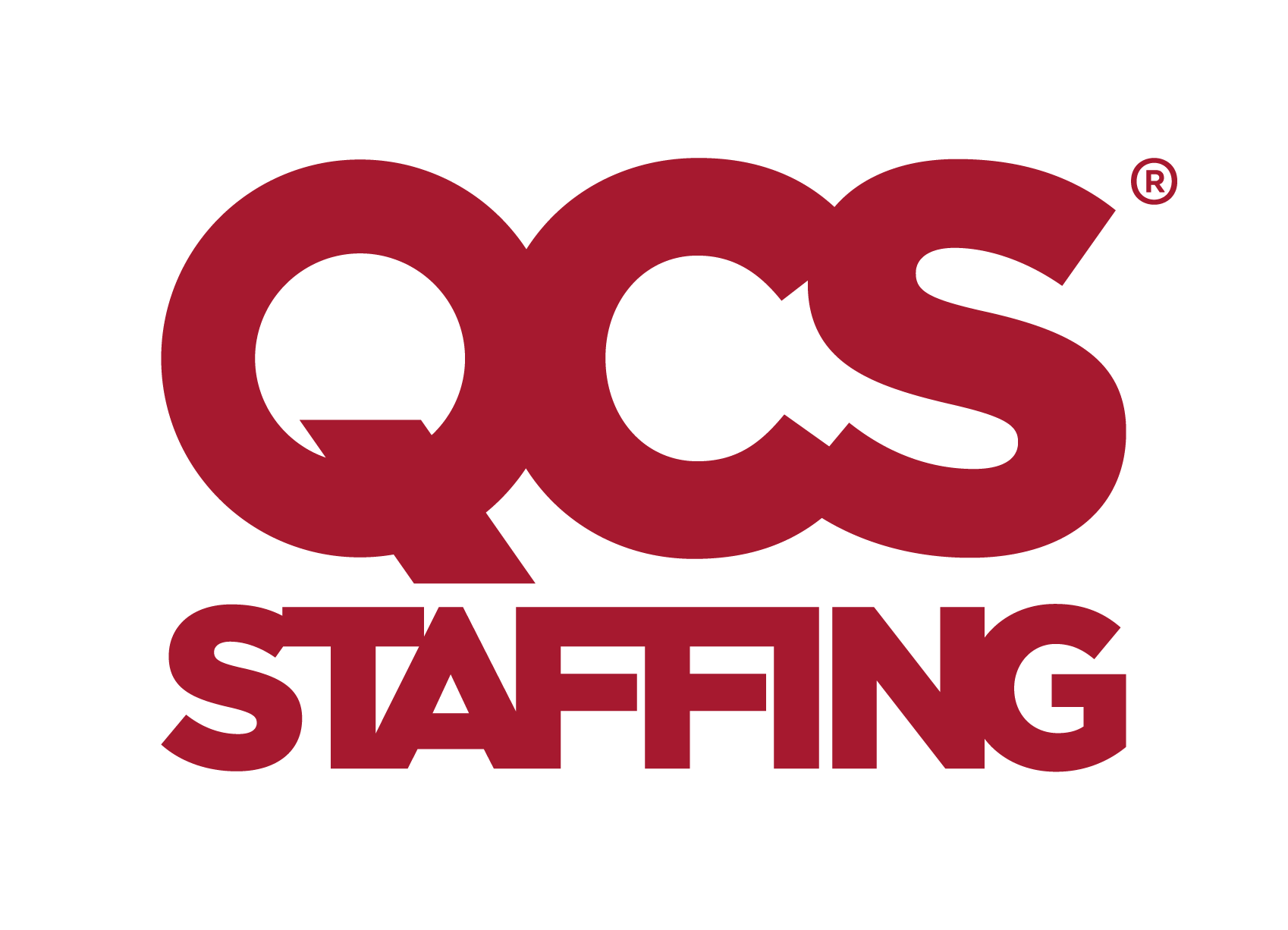Top trends in the life sciences industry right now
As an industry driven by technology and innovation, life sciences can change and develop in the blink of an eye. The market is heavily impacted by regulatory changes, advances in research and pricing pressures, and as a result new trends are constantly emerging.
With £7.5bn of inward investment pouring into the sector since 2011 and the creation of 18,000 new jobs during that time, it’s fair to say to the UK life sciences sector is stronger than ever. Growth has been significant over the past few years, but what trends can we predict for the industry moving forward?
Collaboration
Collaboration is one of the biggest buzzwords in life sciences right now, identified by Deloitte as one the key themes of 2017. Life science organisations will increasingly look to work closely with healthcare providers and other industry players, with healthcare professionals aiming to build stronger connections with companies in order to gain more timely access to information.
New innovations and ideas from emerging laboratories and academic centres will play a role in the industry, with major players more open to working with outside organisations. Patients will benefit from this as more industry collaboration will likely mean they can get information more quickly and efficiently. Information and idea exchange will surge in line with the projected growth in global healthcare expenditures, which are expected to rise to US$8.7 trillion by 2020. Deloitte Global Life Science Sector Leader Greg Reh predicts the increased involvement of advocacy groups, along with the collaboration between industry, payers and providers, will continue to positively impact outcomes and costs, ultimately providing more value for patients.
Patient engagement
Patient-centricity will be a major focus for the industry moving forward, and consumers continue to influence the ways biopharma and medtech companies operate. Models of patient- and customer-centricity will develop as life science organisations take on more of a ‘patient first’ approach, where patients are given access to better, more up-to-date tools and information on their own health.
According to Strategy&, adopting more of a focus on patient engagement increases a life science organisation’s change of regulatory and commercial success. Communication is key, and centricity relies largely on the adoption of new technologies and data analysis tools. Online portals and mobile apps will further develop to give healthcare providers and patients more immediate access to a wealth of knowledge, with pharma companies using patient and medical data to tailor their research and development.
Data
With patient and product information essential to improving processes and systems, improved data collection and analytics will be top of the agenda for many in the industry. Cloud technology makes collecting and accessing data easier for life science functions, with organisations keen to use this data cleverly to maximise R&D and commercialisation. The most successful organisations will be the ones that identify key questions and source the relevant data to help answer these questions, applying analytical methods and technologies to identify better outcomes for drugs and patients.
Jobs
For those working within the life sciences industry, the future is bright. The market remains candidate-driven and organisations are competing for top talent, particularly those in the CQV field or working within process or validation engineering. Roles are spread across Europe, with Ireland and Scotland two huge hubs, and India.
If you’re interested in taking your next step in life sciences, contact us here to see what we can to do help.






